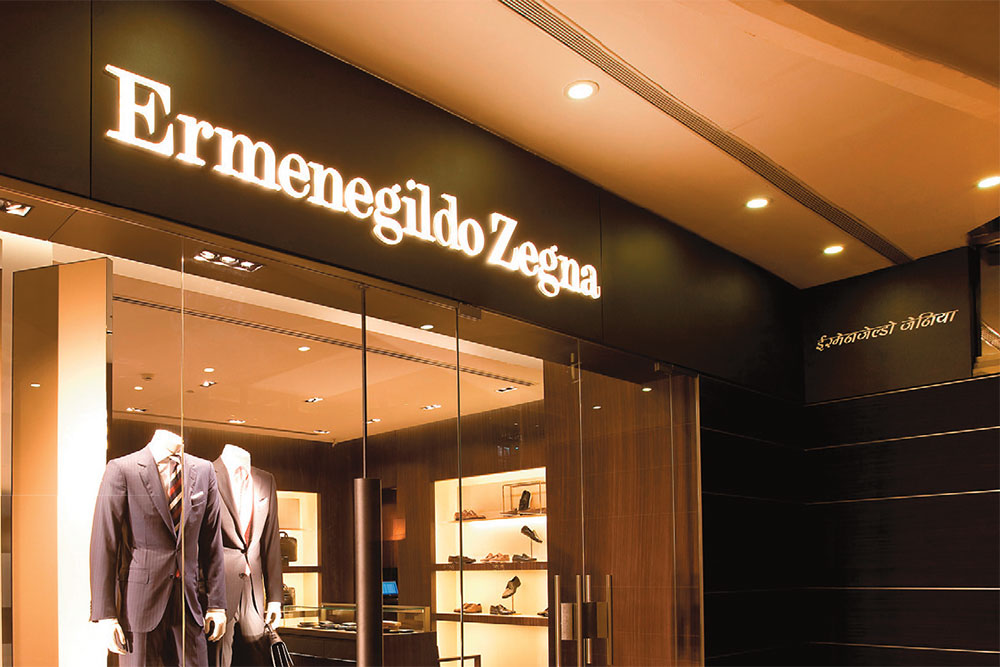There’s something forbidding about the name of a fashion house that doesn’t trip off the tongue with the felicity of a Dolce Gabbana. And while it could have gone with simply Zegna (pronounced like the flower zinnia, which is currently in full bloom in Delhi), the full throated Ermenegildo Zegna is a bit of a tongue-tripper. That it offers only menswear and has been associated with formal clothing that implies a corporate look, and with CEOs usually professing to wearing brands such as Hugo Boss and Armani, you might wonder what’s in store for the Indian male straying into a Zegna store.
I didn’t have to do even that to gain an insight into how the 100-year-old brand is managing its Indian business. Zegna has been around in Delhi and Mumbai longer than we realise and with a growing footprint around the world, its collection is becoming increasingly “trans-seasonal”, according to country manager Luca Giovine. And that’s less of an oxymoron, when one considers that brands across continents are investing in materials and trends that defy geographies and climates, thanks largely, as Giovine points out, “to airconditioned environments”. The result is fashion that migrates easily across seasons, which is important, “since our customers are travellers who want the same things that are in trend at the same time in New Zealand as in London”.
Actually, that’s a challenge that isn’t pertinent to Zegna alone as fashion houses grapple with “moods, colours, but mostly materials” across trends to arrive at a signature look that will find takers globally. As fashion gets edgier, it must become more “mass”, something that goes beyond the slate and charcoal look associated with corporatewear. For Zegna, that change has been heralded with its choice of lightweight silks replacing the more usual linen so that its dedication to luxury fabrics remains undiluted. Woven in a manner that “allows the fabric to breathe well in Mumbai weather”, it remains to be seen whether it will work as efficiently in Delhi — where the extreme summer heat makes anything other than cotton or linen impossible to wear — but which is potentially a larger market for the brand than Mumbai.
Whether the current colours or materials find favour in India in general is less important since a significant segment of the market here is made up of Zegna’s “made-to-measure” business, with buyers preferring bespoke fittings and, presumably, choice of materials and colours. Buying off the shelf might be ‘cheaper’ than customisation, but Zegna’s customers are buying into its “top quality casual wear” for everyday office and clubbing, reserving traditional winter clothing for overseas travel. Even then, they’re moving away from customary heavy fabrics since they’re unlikely to be tramping around the pavements of Davos or Manhattan as they move from one heated venue to another. As fashion becomes less dependent on seasons, one can only wonder if that’s a good thing — or bad.
—The author is a Delhi-based writer and curator











